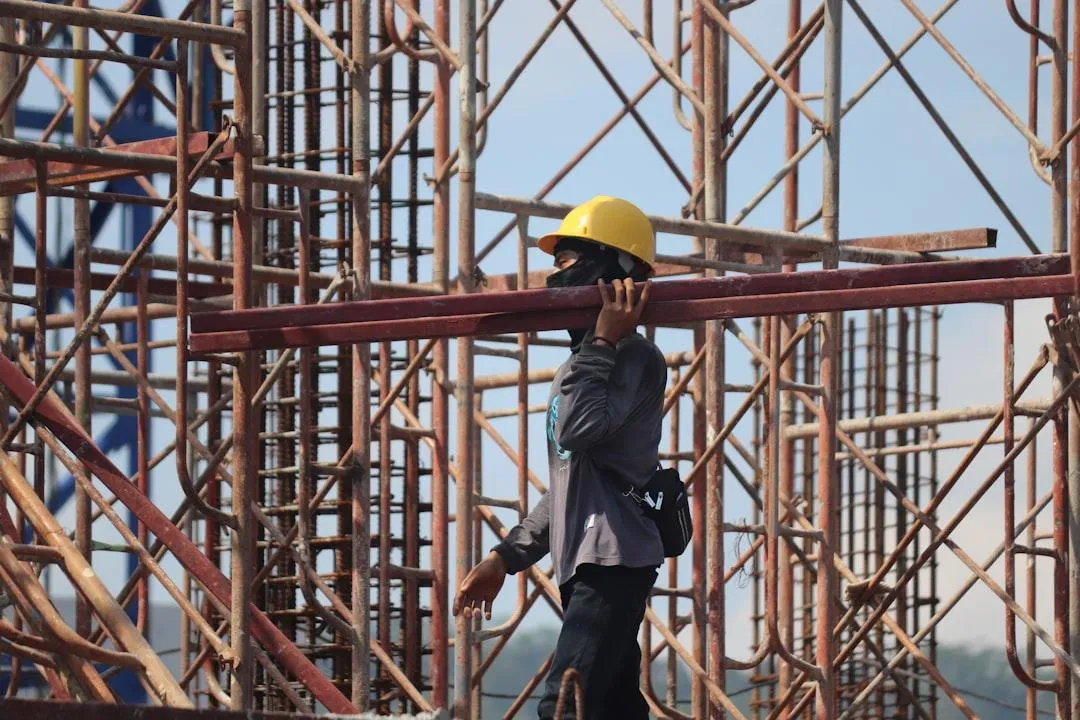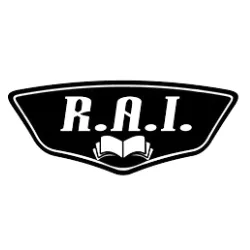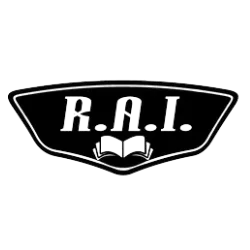Blog!
Learn about our industry

What Is a Competent Person in OSHA Regulations and Why Is This Role So Important?
In Occupational Safety and Health Administration (OSHA) regulations, the term "Competent Person" is more than just a title—it's a critical role in maintaining workplace safety. But what exactly does it mean to be a “competent person” under OSHA regulations?
In this blog, we’ll break down the definition, roles, qualifications, and the crucial part a competent person plays in building a culture of safety within the workplace.
Definition of a Competent Person
According to OSHA, a competent person is defined as someone who is “capable of identifying existing and predictable hazards in the surroundings or working conditions which are unsanitary, hazardous, or dangerous to employees, and who has the authorization to take prompt corrective measures to eliminate them” [29 CFR 1926.32(f)].
Through training and/or experience, a competent person is knowledgeable about relevant OSHA standards, can identify workplace hazards specific to their operations, and has the authority to address them. Additionally, certain OSHA standards may impose further requirements that a competent person must meet.
The role goes beyond merely identifying hazards—it also requires a proactive approach to safety. This position combines experience, knowledge, and the authority to act as the cornerstone of a company’s safety program, ensuring compliance with regulations while integrating safety into everyday operations.
Attributes and Qualifications of a Competent Person
The qualifications of a competent person include education, experience, skills, and knowledge. Let’s explore these aspects in detail:
Education and Experience
There is no single educational pathway to becoming a competent person; it varies based on industry and specific job hazards. However, a combination of formal safety education and practical field experience is highly valued.
A competent person should have enough experience to understand the unique aspects of the project and the tasks involved. This could mean years of experience in the construction industry or fewer years coupled with specialized training focused on the specific job.
Skills and Knowledge
A competent person must have a deep understanding of OSHA standards, hazard recognition, risk assessment, and the specific operations and tasks of their workplace. They should also possess strong communication, problem-solving, and leadership skills to effectively manage safety concerns.
Common training courses for becoming a competent person cover areas such as:
Scaffolding
Fall protection
Excavations
Stairways and ladders
Hazard recognition
Emergency response
These topics provide the necessary knowledge to identify hazards and take corrective actions when necessary.
Workplace Safety Roles and Responsibilities of a Competent Person
A competent person plays several vital roles in ensuring workplace safety. Here are some of the key responsibilities:
Hazard Identification and Control
The primary responsibility of a competent person is to regularly inspect the worksite for potential hazards, such as unsafe equipment, hazardous materials, and unsafe work practices. This might include:
Inspection: Conducting thorough site inspections before work begins each day.
Scaffolding: Assessing scaffolding for hazards, establishing safety zones, and validating scaffold inspections by signing off on inspection cards.
Excavations: Reviewing excavation sites daily and monitoring weather changes while setting up safety markers.
Fall Protection: Ensuring that guardrails are properly installed and fall protection gear is in good condition.
Ladders: Inspecting ladders to ensure stability and the absence of damage.
Electrical Safety: Examining extension cords and tool cords for wear or damage and ensuring there are no exposed wires.
Competent persons must take immediate action to mitigate risks, either by implementing safety controls or stopping work if necessary.
Training and Education
Competent persons are often responsible for conducting or overseeing safety training for employees. They ensure that all workers understand potential hazards, know how to use safety equipment, and are prepared to respond in case of an emergency.
Record Keeping and Documentation
Another critical responsibility is maintaining accurate records of safety inspections, incidents, and training. These records are essential for continuous safety evaluations and regulatory compliance.
Regulatory Compliance and Certification in OSHA
While OSHA provides guidelines on what defines a competent person, it is up to each employer to designate this role based on the specific needs of their workplace. The competent person must be well-versed in OSHA standards for their particular industry and operation.
Some industries, such as construction, offer certification programs to validate the expertise of a competent person. However, even without formal OSHA certification, continuous learning is necessary to stay current with safety regulations, industry best practices, and emerging hazards.
Promoting a Culture of Safety with Competent Personnel
Competent personnel are essential for fostering a strong safety culture in the workplace. Here are three ways they contribute to a safer work environment:
Leadership and Influence
A competent person serves as a leader, promoting a safety-first mindset throughout the organization. Their role as an influencer helps create a work environment where safety is everyone’s responsibility.Collaborative Approach
Safety is not the responsibility of one person alone. A competent person works alongside management, employees, and external agencies to develop and implement comprehensive safety policies. This teamwork ensures that safety is woven into every aspect of work.Proactive vs. Reactive
The goal of having a competent person is to foster a proactive safety culture. Rather than reacting to accidents, competent personnel anticipate and mitigate potential hazards before they lead to injuries or incidents.
Invest in Safety with Competent Person Training
A competent person is the cornerstone of an effective workplace safety program. They have the knowledge, skills, and authority to identify and address hazards, ensuring OSHA compliance and promoting a culture of safety.
At Rai's Training, we offer a range of training programs to prepare competent persons for various safety roles, including fall protection, ladder safety, and excavation safety. Our courses ensure you have qualified competent persons on any job site, helping you protect your employees and maintain operational efficiency.
As workplaces continue to evolve, the role of the competent person will remain indispensable in navigating the complexities of workplace safety.

FOLLOW US:
OFFICE NUMBER
EMAIL US:
